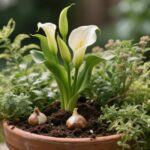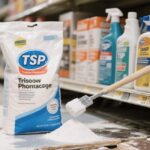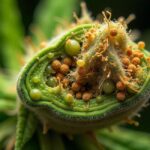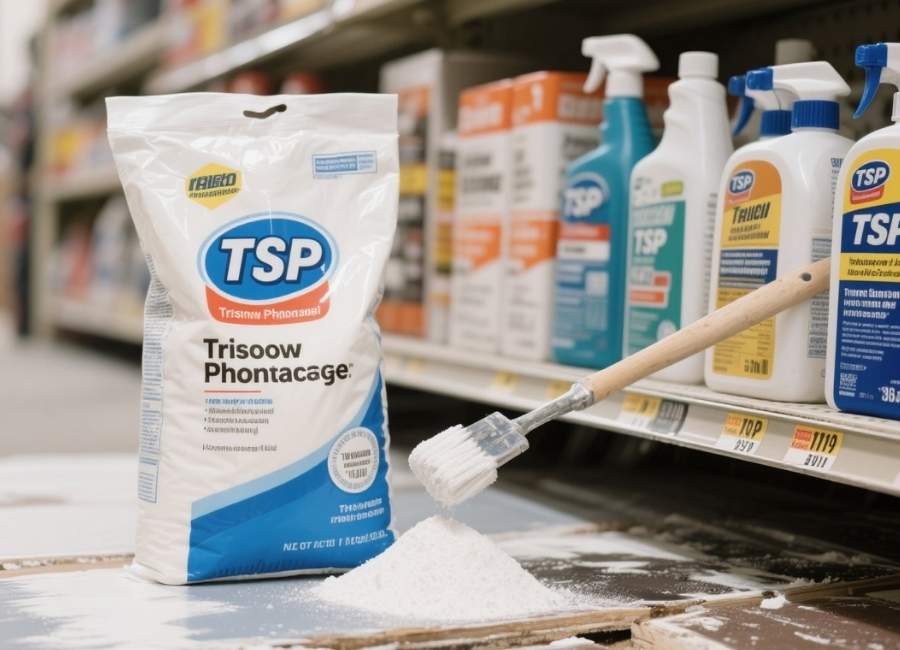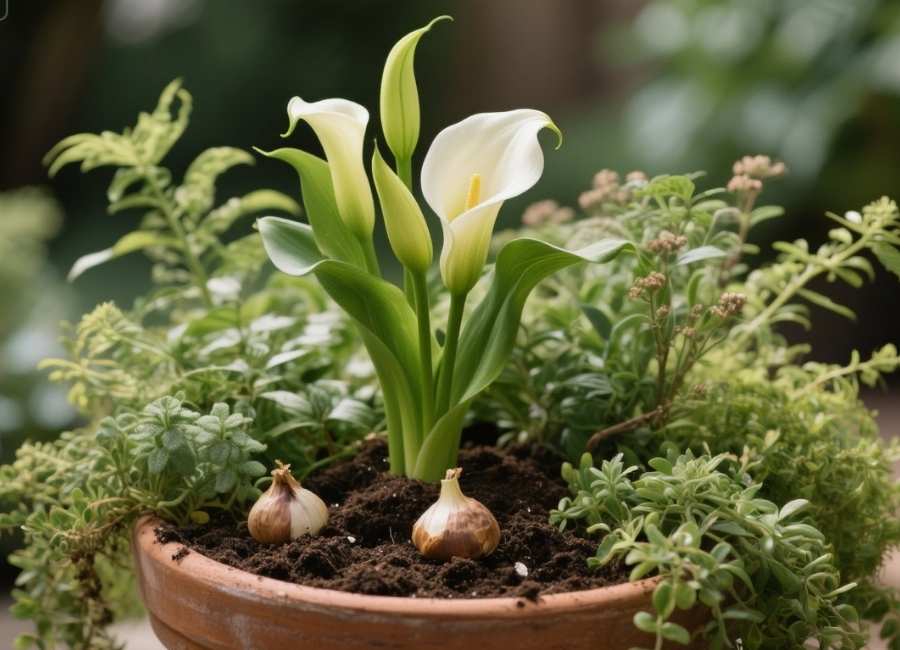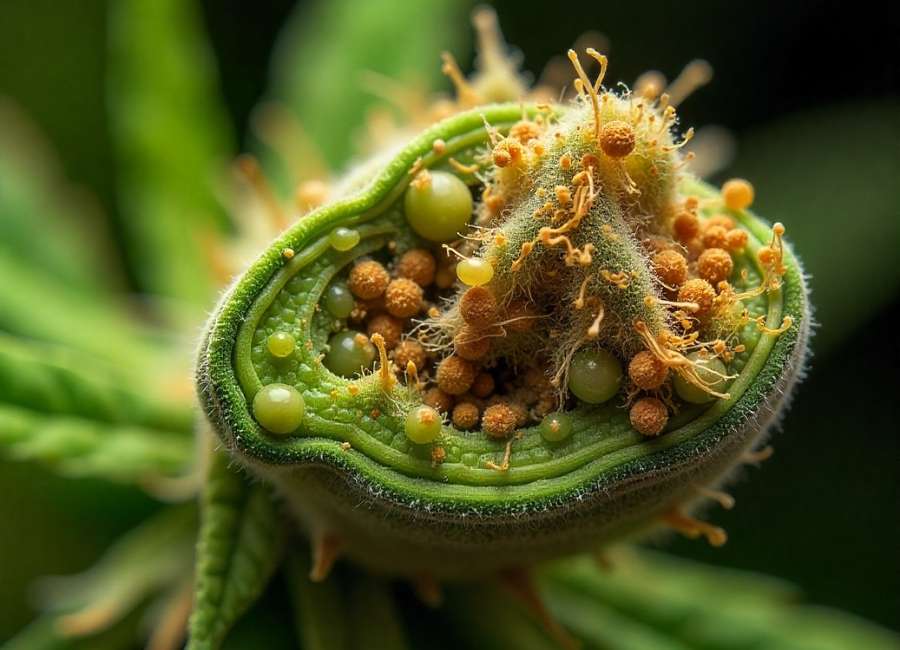Getting a surface ready for new paint usually takes more than just wiping it down. When you’re dealing with built-up grease, soot, or stubborn dirt, you need a strong cleaner that really works. That’s where Trisodium Phosphate, or TSP, comes in.
If you’ve ever browsed the cleaning aisle at a hardware store, you’ve likely seen TSP on the shelves. It’s a powerful, powdered cleaning agent that has been a go-to for professional painters and homeowners for decades. This guide will explain what TSP is, its most common applications, and how to use it safely and effectively for your next project.
What is Trisodium Phosphate (TSP)?
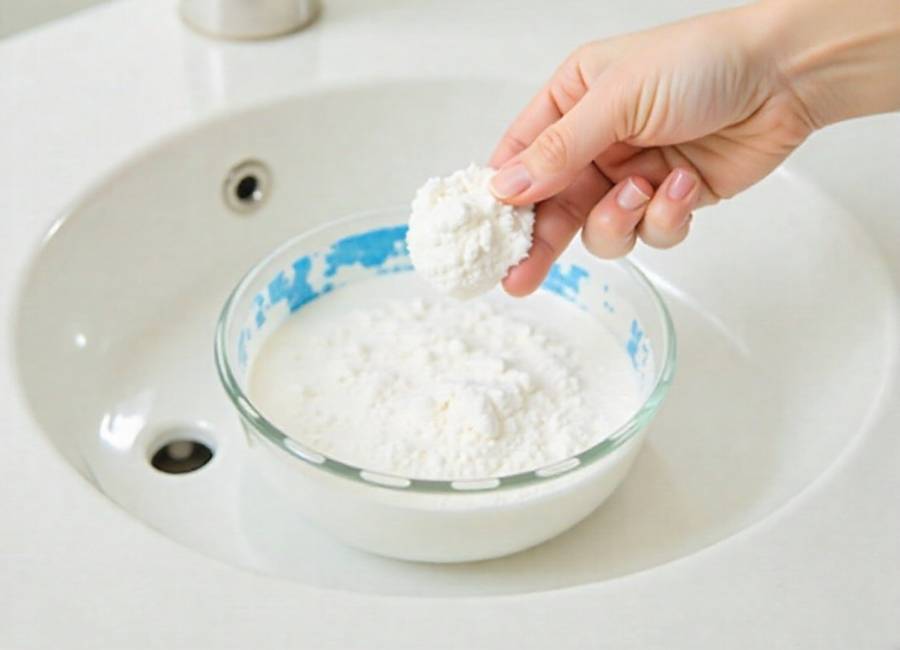
Trisodium Phosphate is an inorganic compound with the chemical formula Na₃PO₄. (Trisodium phosphate (25 kg), n.d.) It’s a white, grainy or crystalline powder that dissolves easily in water, making a strong alkaline solution. This high alkalinity is what makes TSP such a good cleaner and degreaser, able to break down and remove heavy oil, grease, soot, and other tough stains from many surfaces.
Historically, TSP was a common ingredient in many household detergents and cleaning products. (Trisodium phosphate, n.d.) However, due to environmental concerns related to its phosphate content, its use in consumer products has been significantly reduced in many regions. (Trisodium Phosphate Powder: Uses, Safety & Storage Guide, n.d.) Today, it is primarily sold as a standalone, heavy-duty cleaning product intended for surface preparation before painting or refinishing.
Why Use TSP Before Painting?
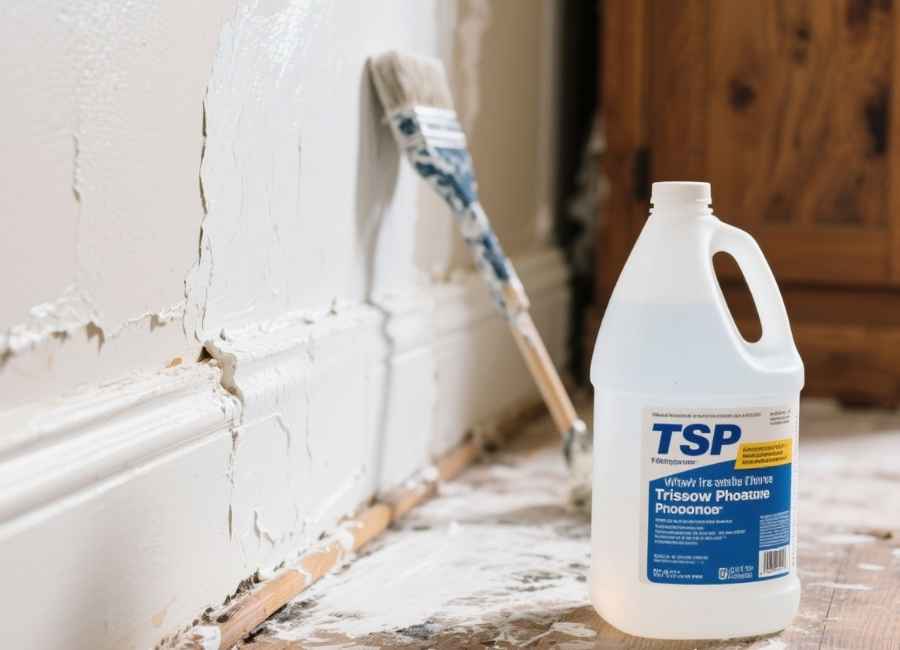
To get good results when painting, you need a clean, well-prepared surface. Paint sticks best when there’s no dirt, grease, or grime in the way. If the surface isn’t clean, the paint can peel, blister, or wear out quickly.
TSP works well because it not only cleans but also lightly roughens the surface. (What Is Trisodium Phosphate, and Is It Safe to Use?, n.d.) This makes the surface more porous, so new primer or paint sticks better. TSP is especially helpful for cleaning:
- Interior and exterior walls
- Woodwork, including baseboards and trim
- Floors
- Cabinets and other wooden furniture
- Surfaces with smoke or soot damage
Using a product like Sunnyside TSP ensures that you start with a pristine canvas, the first step toward achieving a professional-looking and durable paint finish.
How to Use TSP Cleaner Safely
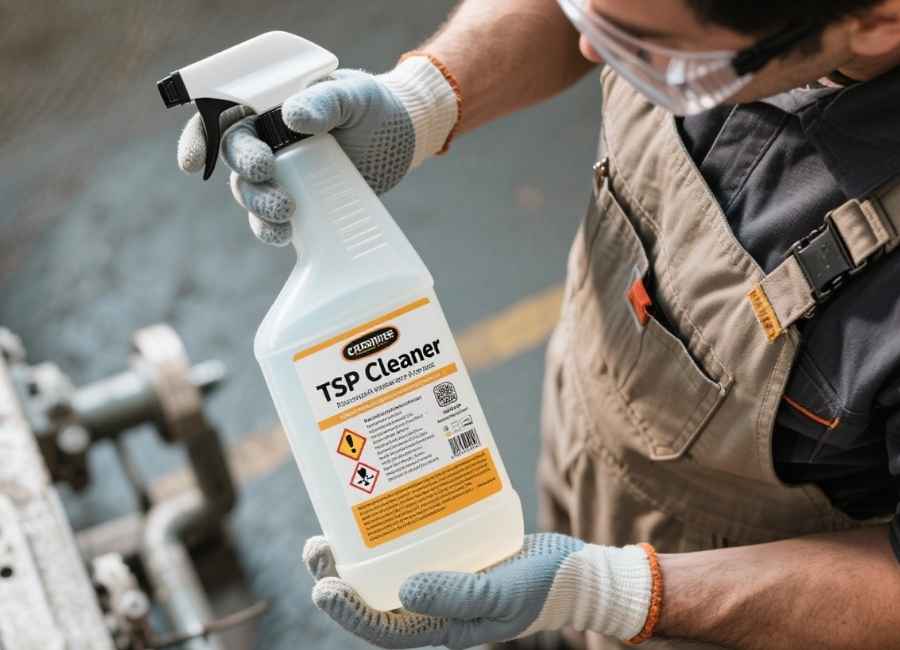
Because TSP is a powerful chemical, it’s crucial to handle it with care. The alkaline solution can irritate the skin and eyes, and inhaling the powder can be harmful. Always follow the safety precautions on the product label.
Step 1: Gather Your Safety Gear
Before you begin, make sure you have the right protective equipment. This isn’t a step to skip.
- Waterproof Gloves: Heavy-duty rubber gloves are essential to protect your hands.
- Eye Protection: Safety goggles or glasses will shield your eyes from splashes.
- Long Sleeves and Pants: Cover your skin to prevent accidental contact.
- Respirator (Optional but Recommended): If you’re working in a poorly ventilated area, a respirator can prevent you from inhaling dust from the powder.
Step 2: Protect Your Surroundings
TSP solution can harm or stain some surfaces. Before you begin, cover anything you don’t want to clean—like floors, fixtures, or furniture—with plastic and painter’s tape. Be extra careful with aluminum, since TSP can make it darker.
Step 3: Mix the TSP Solution
Follow the instructions on the package to mix the solution. Usually, you’ll use half a cup of TSP powder for every 2 gallons of hot water.
- Pour hot water into a bucket. Hot water helps the TSP dissolve better.
- Slowly add the TSP powder to the water and stir gently with a stick until it’s fully dissolved. Try not to splash the mixture.
To boost cleaning power against mold and mildew, you can add household bleach to the TSP solution. A common mix is 1 cup of bleach in the 2-gallon TSP and water solution. (Using Trisodium Phosphate to Clean Tough Messes, 2024) Only mix bleach with other cleaners if the label says it’s safe.
Step 4: Apply the Solution
- Dip a sponge or cloth into the TSP solution. Wring it out so it’s damp but not dripping.
- Wash the surface in small sections, starting at the bottom and working up. This helps prevent streaks from running down the wall.
- Scrub the surface gently in circles to lift dirt. If an area is very dirty, use a scrubbing brush.
Step 5: Rinse Thoroughly
Rinsing is the most important step. If any TSP is left behind, it can stop the paint from sticking and cause it to fail. (TSP use under primers – Rust-Oleum, n.d.)
- Get a second bucket filled with clean water.
- Using a clean spoUse a clean sponge or cloth to rinse the surface well. Change the rinse water often so you don’t spread leftover cleaner around.top down.
- After you’re done, wipe the whole surface again with a clean, damp cloth.
Step 6: Let It Dry Completely
Let the surface dry completely before you start priming or painting. This usually takes 24 to 48 hours. Using fans can help it dry faster.
Frequently Asked Questions
Can I use TSP on any surface?
TSP can be used on many surfaces, but not all. Don’t use it on materials that can be damaged by strong alkaline cleaners, like:
- Aluminum: It can cause darkening or corrosion.
- Glass: It may leave a streaky film.
- Mirrors: The reflective coating can be damaged.
- High-Gloss Paint: It can dull the finish.
- Hardwood Floors: Unless you plan to refinish them, as TSP can strip the finish.
If you’re not sure, test the solution on a small hidden spot first.
Is TSP bad for the environment?
The phosphate in TSP can cause algal blooms in rivers and lakes, which can harm fish and other wildlife. (Algal bloom – Wikipedia, n.d.) Because of this, some places have limited its use. (Trisodium Phosphate Powder: Uses, Safety & Storage Guide, n.d.) Always get rid of used TSP solution properly. Could you ask your local waste authority how to dispose of it? Many stores also offer phosphate-free TSP substitutes, which are more environmentally friendly.
Can I use TSP to clean my deck?
TSP works well as a cleaner, but special deck washes are often a better option. Some deck cleaners are made to be safer for plants. For example, Sunnyside TSP’s Deck Wash shouldn’t be used on painted surfaces, but TSP can be. Always read the product label for your project.
Achieve a Professional Finish
A clean surface is the key to a great paint job. When you use Trisodium Phosphate the right way, you can get rid of years of dirt and help your new paint stick well for a lasting finish. Always put safety first and follow the instructions closely.
Are you ready for your next painting project? You can prepare your surfaces like a pro and notice the difference.

